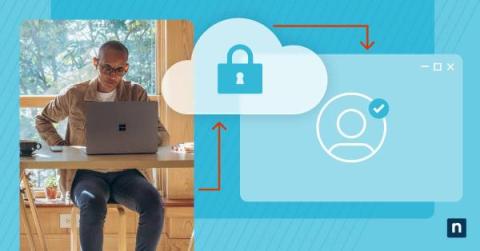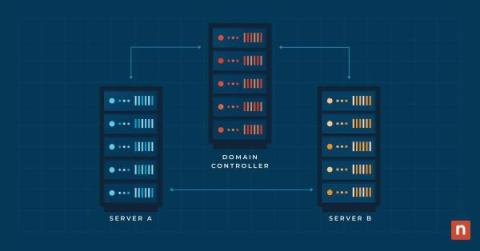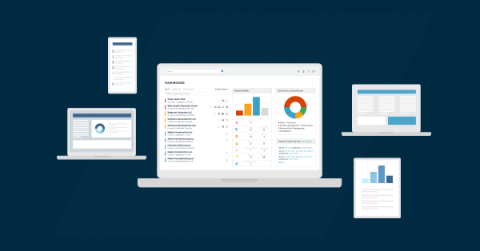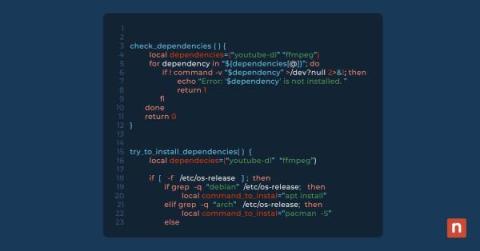What Is a Rootkit & How to Detect It
Delving into the world of cybersecurity, one encounters a myriad of threats, with one of the most insidious being rootkits. These stealthy entities pose significant challenges to both users and security professionals alike, highlighting the need for an in-depth understanding of their nature and operation.











